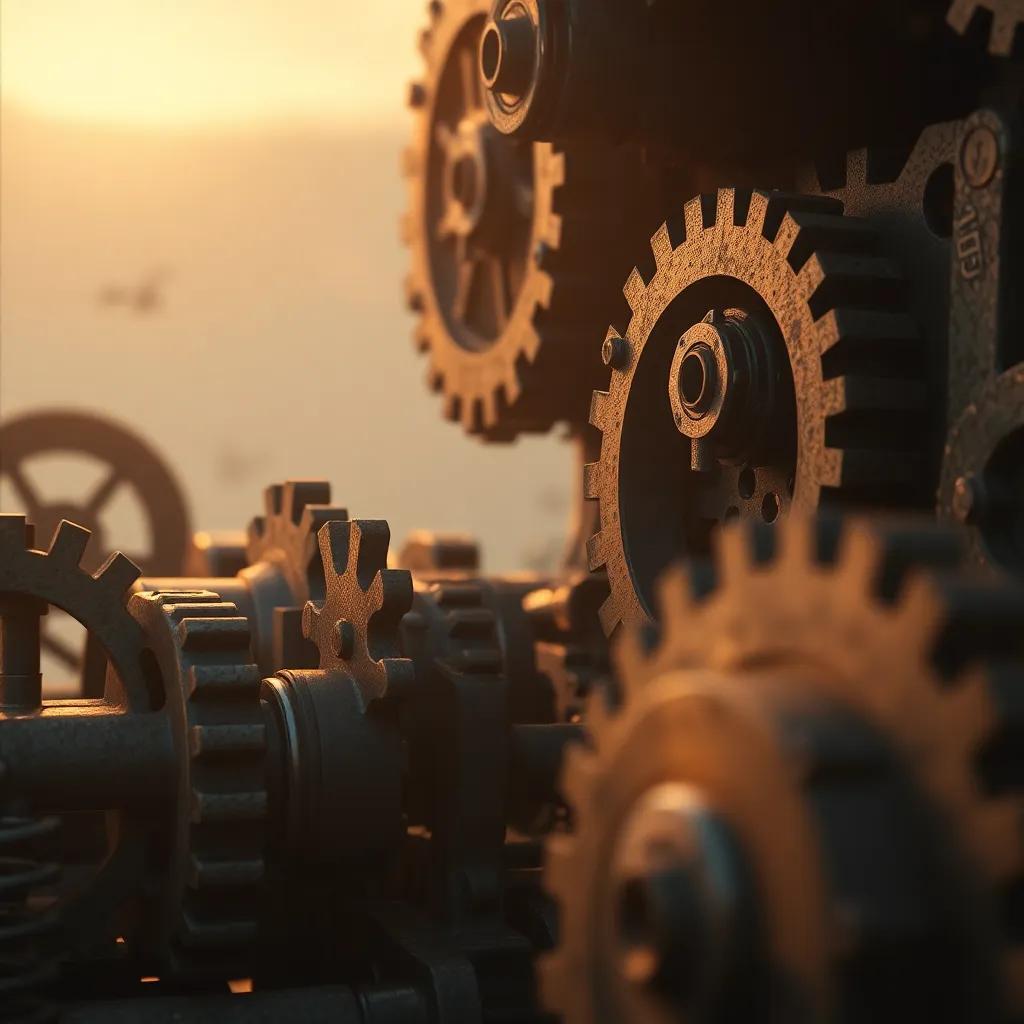Table of Contents
Robots of Yesterday

Have you ever imagined how the marvels of ancient engineering might influence today’s automation? It’s fascinating to consider that our modern robots may owe their existence to the ingenious ideas of ancient civilizations. Understanding these early innovations can illuminate the path we will tread in the realm of automation. This article will explore three pivotal lessons from ancient robotics that can shape our automated future: the concept of mechanization, the integration of simple machines, and the foresight of automation ethics.
Mechanization: The Ancient Roots
The idea of mechanization began long before the modern era.Ancient innovators used gears, levers, and pulleys to create devices that performed tasks wiht precision. These foundational concepts remain vital in modern robotics.
- Early Innovations:
- Hero of Alexandria: Created an early steam engine, the aeolipile.
- Archimedes: Developed the compound pulley and screw.
- Impact on Today:
- These principles underpin countless modern machines and robots.
- They demonstrate that simple mechanical concepts can lead to complex automated systems.
Recognizing these ancient mechanics is crucial for engineers today, as they draw inspiration from history to devise modern technological solutions. The past serves as a blueprint that highlights the importance of foundational concepts in future automation.
Simple Machines and Automation
The ancient Greeks and Egyptians mastered the art of simple machines, paving the way for complex systems crucial to automation. These simple devices-like the lever, pulley, and wheel-were the building blocks of larger constructs.
- Examples of Early Machines:
- The Lever: Enhanced the ability to lift heavy items with minimal effort.
- The pulley: Allowed for the efficient movement of materials across great distances.
- Modern Applications:
- Robotics today uses similar simple machines to achieve efficiency.
- As a notable example, robotic arms frequently enough incorporate levers and pulleys to execute delicate maneuvers.
These early applications illustrate how basic principles of physics can lead to sophisticated automated solutions. By studying ancient use cases,engineers can innovate and adapt existing technology for future needs.
Ethics of Automation: Lessons Learned
As automation advances,we must reflect on the ethical considerations highlighted by ancient societies. Early automation frequently enough faced moral dilemmas that we continue to navigate today.
- Past Perspective:
- Ancient cities employed automated solutions for labor but faced issues like worker displacement.
- Modern Implications:
- Today’s engineers must consider the balance between efficiency and social duty.
Recognizing these ethical dilemmas from the past encourages us to craft a future where technology serves humanity rather than replacing it.
Future Awaits Automation

In summarizing the teachings of ancient robotics, we see a direct line to our future in automation. The innovations, basic mechanics, and ethical considerations of yesterday offer invaluable insights that can guide us today. The most vital lesson? Embrace the wisdom of the past to navigate the complexities of tomorrow’s automated world. What will you take from these historical lessons into your own technological pursuits?



